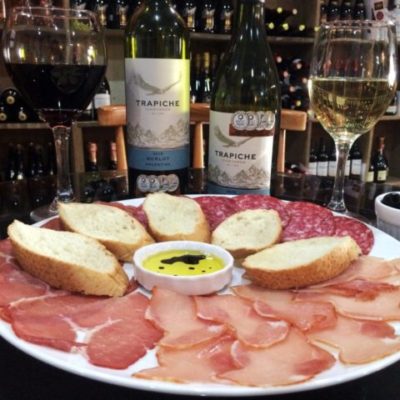Wine Culture
Why do wines get aged in oak barrels?
Before there were glass bottles (1600’s and before), most wines were stored and sold in wooden barrels. In fact, paintings from around this time period often show wine barrels strewn about. And, while we’ve outgrown the necessity for barrels to store and transport wine, we’ve come to acquire a taste for it. Oak barrels are an integral part of modern winemaking (and whisky too!)
The Dancing Couple by Jan Havickszoon Steen 1663
A barrel and ceramic serving decanters are depicted in this 1600s Dutch scene. The painting is called The Dancing Couple by Jan Havickszoon Steen in 1663
How Do Oak Barrels Help Wine?
Oak offers three major contributions to wine:
It adds flavor compounds–including aromas of vanilla, clove, smoke and coconut.
It allows the slow ingress of oxygen–a process which makes wine taste smoother and less astringent.
It provides a suitable environment for certain metabolic reactions to occur (specifically Malolactic Fermentation)–which makes wines taste creamier.
Wine Tips
Hopefully you’ve already experienced how wildly different your coffee, tea or soda tastes at different temperatures. This same ideology applies to wine. Also, some of the more delicate floral aromatics in fine wines are completely subdued at overly cool temperatures or burn off too quickly when the wine is too warm.

- RED WINE tastes better when served slightly below room temperature from 53-69 °F (light red wines like Pinot Noir taste better at the cooler end of the spectrum)
- WHITE WINE tastes great from about 44 – 57 °F. (zesty whites on the cool side and oak-aged whites on the warm side)
- SPARKLING WINE Affordable sparklers do great at 38 °F – 45 °F (serve high-quality Champagne and sparkling wines at white wine temperatures)
Our Instagram
Follow us on Instagram and stay up to date with all upcoming events, new products and daily specials.
[instagram-feed]
Our Facebook
Follow us on Facebook and stay up to date with all upcoming events, new products, and daily specials.
[WD_FB id=”1″]



















